Butrint, ancient Buthrotum, lies in south-west Albania, 20 km south of the modern port of Saranda. Its location is spectacular: the ancient city occupies a bluff of land protruding into the Vivari channel, a stretch of water which today connects the Straits of Corfu, 4 km west of Butrint, to the inland salt-water Lake Butrint.
South of the channel lies a flat reclaimed plain, today drained by dykes, which effectively separates Butrint from the range of mountains that run along Albania's southern frontier with Greece.
The history of Butrint was probably settled in the 8th century B.C. by Corfiot traders; this was almost certainly the town associated with the legend of Aeneas. By the 4th century, Butrint was a Chaoanian port, probably at the centre of one of the Hellenic tribes of Epirus.
The Romans used the port as a supply base for military campaigns in the Balkans in the 2nd century. The following century it became a colony for the veterans under Julius Caesar.
By later roman times, it had its own bishop, and was evidently a place that was once again expanding. It then suffered attack by the Goths in 551. Its subsequent history until the tenth century, as in the case of many Mediterranean ports, remains a mystery.
Thereafter, it emerged a major port-of-call on the Adriatic route from Venice to Byzantium. For much of the later Middle Ages it was in Venetian hands, defending the eastern flank of the Straits of Corfu. Only in the eighteenth century did they abandon Butrint in the face of the Turks.
By the 1850's, though, when Edward Lear passed this way, it was deserted.Butrint remained overlooked until the 1920's, when an Italian mission led by Luigi Ugolini was despatched to Albania.
In 1924 Ugolini chose the Illyrian hilltop site, the Phoinike, 20 miles north of Butrint, for his first campaigns. This proved to be less promising than Ugolini imagined, so in 1928, in the hope of discovering the archaeology of the age of Aeneas, which might then be directly linked for propaganda purposes to Rome, he began work at Butrint.
At that time Butrint was a largely bare hill in a deserted landscape. Within three months Ugolini had unearthed great stretches of the Greek polygonal walling around the acropolis including several fine gates.
His largest excavations, however, were on the south-facing flank of the hilltop where he discovered the theatre. The 4th century theatre, with its well preserved seating and cavea, produced a sensation when a line of statues including the "goddess of Butrint" and a fine head of Apollo were discovered.
Working on a huge scale, Ugolini unearthed the Temple of Asclepulus beside the theatre, a fine Roman bath block in front of it, parts of an Early Byzantine palace by the Vivari canal, an extraordinarily well-preserved Early Byzantine baptistery with a perfectly preserved later fifth-century mosaic pavement and many other monuments.
Mugolini worked with a fervour until his early death in 1936 from malaria. The new campaign the new excavations supported by the Albanian Institute of Archaeology and the Butrint Foundation aims to develop Butrint from two points of view.
First, as most of the previous archaeological investigations has been concentrated upon the ancient levels, Byzantine Butrint remains largely unknown. The main objective of the new campaign is to chart the topographical history of this period.
In particular, it is important to establish the 6th to 10th century A.D. phases: to examine how this important port fared as the Mediterranean commercial systems collapsed.
The second aim of the new campaign of research at Butrint is to promote this remarkable site in such a way that it attracts a steady flow of tourists which in turn provide a source of income for the region.
Through careful heritage management, the Butrint Foundation also aims to help protect this site and its region. Excavations and surveys in 1994-95 have been limited in their scope.
A phase of assessment has taken place in order to develop the project successfully. These new surveys indicate that throughout its history the port of Butrint was dominated by its environmental circumstances.
It seems likely that in later Bronze Age and early Greek times, when the hilltop (the acropolis) was the centre of the settlement, Butrint was a seaboard town.
The sea would appear to have extended far inland beyond the northern extent of the present Lake Butrint. At that time it is likely that Butrint's commercial port lay in the sheltered bay on the north side of the hill.
Coming by land, visitors would have approached Butrint down the narrow coastal peninsula. But by Roman times much of the low-lying ground which now separates Butrint from the Straits of Corfu had been reclaimed.
These are the photos from the ruins hope you can enjoy them as much we did walking round these ancient grounds knowing that in some places ruins had been built on top of other ruins.
This was really an unforgettable experience to see a country that for so many years was under the Communise regime. The sights we saw were of poor and sometimes run down places. People not really happy but so much new construction going on so hopefully with the advent of tourism and modern techniques this country will prosper and grow and the people be content.

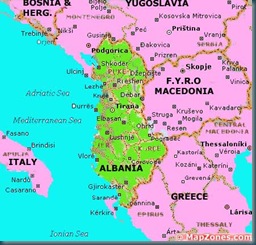
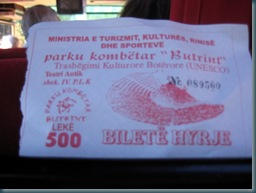

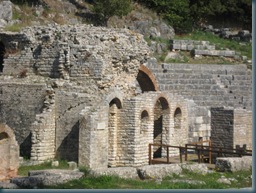
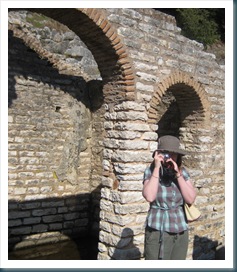
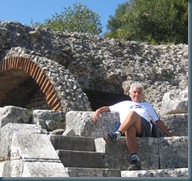
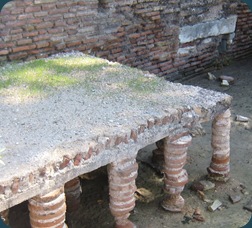
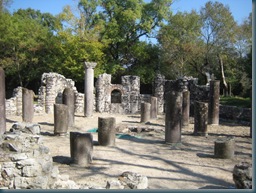
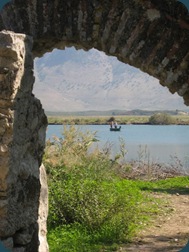
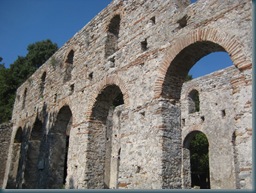
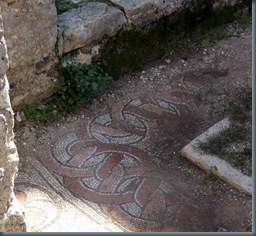
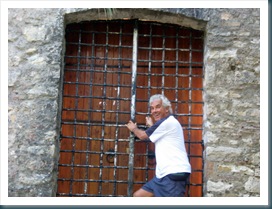
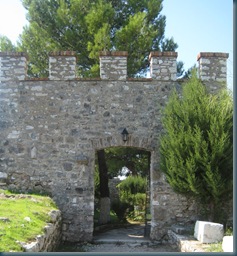
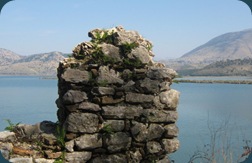
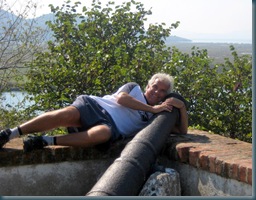
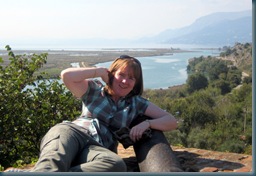
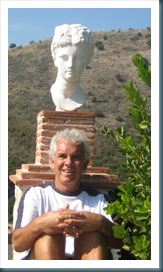



No comments:
Post a Comment